In the second of our series celebrating 200 years of the modern railway, Andy Wakeford, Fares Lead at the Rail Delivery Group, notes the advances in retailing and train ticketing
The story of railway ticketing reflects the transformation of society itself - from the Industrial Revolution to the Digital Age. Two hundred years after the railways first ‘disrupted’ travel, rail ticketing has continued to evolve, adapting to the needs of the passengers while embracing technological innovations.
In the second of our series celebrating 200 years of the modern railway, Andy Wakeford, Fares Lead at the Rail Delivery Group, notes the advances in retailing and train ticketing
The story of railway ticketing reflects the transformation of society itself - from the Industrial Revolution to the Digital Age. Two hundred years after the railways first ‘disrupted’ travel, rail ticketing has continued to evolve, adapting to the needs of the passengers while embracing technological innovations.
When railways emerged in the 19th century, they brought with them the challenge of selling tickets securely and efficiently across a growing network.
The solution came with the invention of the Edmonson railway ticket, an individually numbered card with the details of the purchased journey, and the date stamped at the time of issue.
These small, pre-printed cardboard tickets were durable, hard to forge, and easy to issue. The sequential numbering system enabled ticket offices to match sales against records, creating an early model of fraud prevention.
But despite its simplicity, the Edmonson ticket carried inherent risks. The weak point of the system was the tickets themselves - they were treated as a security item with a monetary value, and they had to be kept behind locked doors and carefully accounted for.
Although various other types of coupons were used over the years, the Edmonson card ticket continued in regular use right up to the 1980s.
I joined the industry nearly 40 years ago as a booking clerk, and I was lucky enough to witness the transformation away from card tickets in Britain.
This was achieved by British Rail in the 1980s, when it ushered in a new chapter in ticketing with the introduction of the APTIS (All-Purpose Ticket Issuing System).
Although there had been innovations in automated ticketing up to that point, APTIS marked the industry’s decisive move from manual ledgers to computerised systems, allowing rail staff to issue tickets with greater efficiency. It also introduced the mag-stripe credit card-sized ‘tangerine ticket’ that became as synonymous with rail travel in Britain as the Edmonson card ticket had once been.
For the first time, the ticket stock itself had no value until it was issued - the APTIS machine printed the whole text once the ticket had been set up for sale and payment made. The machines themselves were ‘locked’ to a particular location and would not work unless they were ‘polled’ regularly - even switching them on required a barcode fixed to the office location to be scanned.
The APTIS programme was linked to various other mainframe systems, so that as well as issuing tickets, sales receipts, commissions and earnings could be aggregated and analysed at speeds and levels unheard of when manual records were the order of the day.
This coincided with British Rail’s move to ‘Sectorisation’, where the different parts of the industry had their own profit and loss accounts. APTIS was a critical part of enabling this process for the passenger railway.
The advent of the internet and ecommerce in the late 20th century transformed how passengers purchased tickets.
Self-service machines appeared at stations, while online platforms enabled passengers to book and collect a ‘tangerine ticket’.
London also paved the way in the UK with the ‘Oyster’ smartcard from 2002, which could be loaded with a cash balance and then be used as a ticket itself, with the journey and appropriate charge being captured as passengers entered and left the system.
This was further developed with the use of ‘Contactless’ payment, using a debit or credit card or a device without the need to put the balance on a separate card.
Although these schemes have proved popular and are being rolled out to other cities and urban areas, it is in the more recent developments of tickets and payments being made and stored in a customer’s own mobile phones that we have perhaps seen technological change come full circle.
Back in the first half of the 19th century, the railways were the disrupters, bringing social revolution and technological change to society. 200 years later, it is the 21st century disrupters - Apple, Google, Amazon, etc - that have moved the railway away from designing its own bespoke systems to one where the solutions come from those ‘disrupters’ in the digital world.
The combined might of the tech giants has put smartphones into the hands of nearly every consumer - and developed the secure technologies to deliver tickets that can’t be copied or re-used, alongside payment processes that can be completed in seconds.
It has been a while coming, but one only has to observe tickets being checked on a train to see how many people now offer up their phone for scanning. The back-office processes have moved on - from ledgers and book-entries, via mainframe computers managed at railway data centres, to a world where the cloud and ecommerce sits behind rail ticketing.
From the Edmonson ticket to mobile apps, rail ticketing has come a long way. The industry’s ability to adapt has been key to its success, with each technological leap improving the passenger experience and operational efficiency.
As rail celebrates its 200-year milestone, the focus must remain on delivering innovative yet inclusive solutions that meet the needs of today’s and tomorrow’s travellers.
By learning from its pioneering past, the railway industry can continue to lead in providing smart, efficient, and sustainable travel for the future.
This doesn’t mean that those without devices are left out, because at the end of the process you can still choose to buy from a ticket office or ticket machine, rather like those people making their first journeys 200 years ago. But the process of getting it to you will be one of bytes, rather than a ledger and quill pen.
Login to continue reading
Or register with RAIL to keep up-to-date with the latest news, insight and opinion.

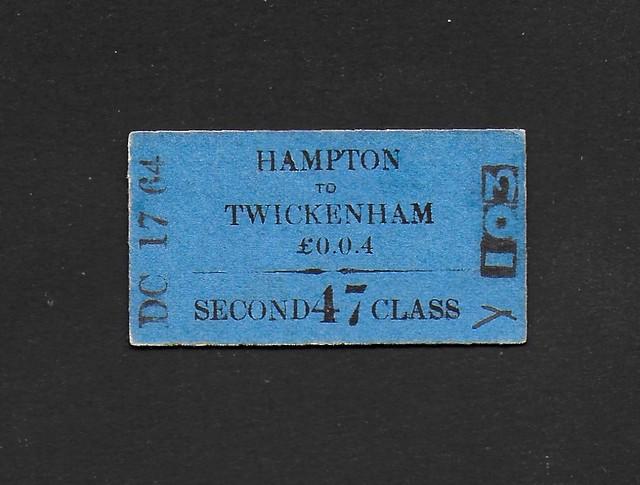

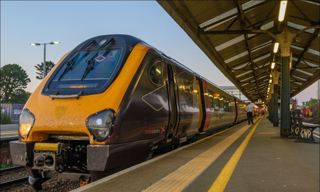
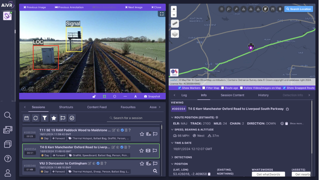
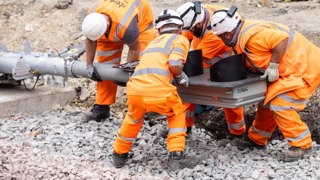
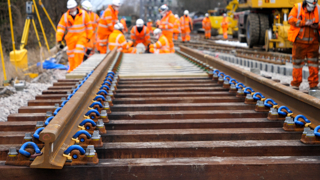










Login to comment
Comments
No comments have been made yet.